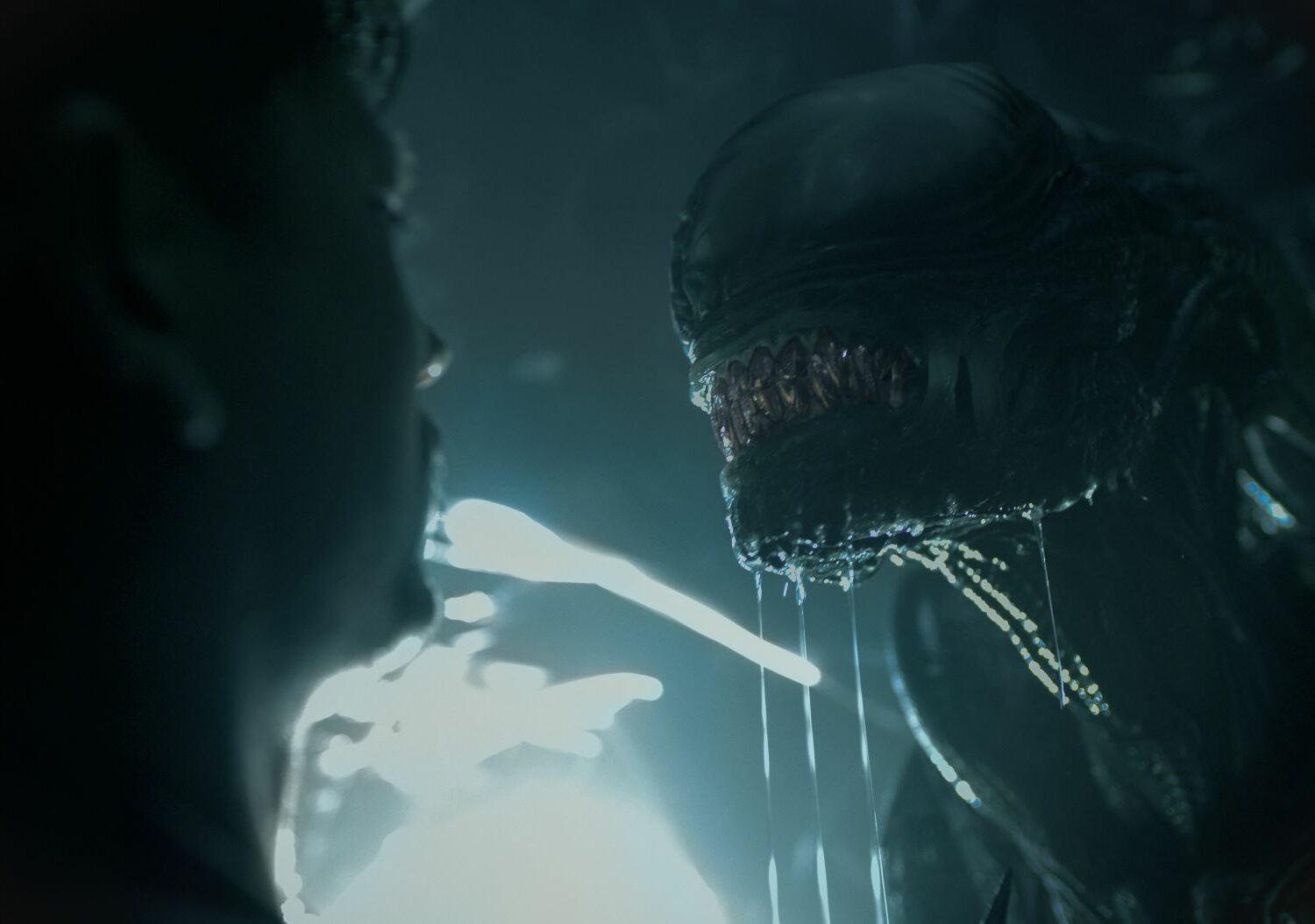There is no “monster” in modern science fiction cinematography that has struck the collective imagination as much as the xenomorphic creature featured in Alien, a cult movie launched in 1979 by Ridley Scott.
The film, which starred Sigourney Weaver as the officer of a transport spaceship who encounters with her crew a monstrous alien parasite, was followed by five more films. Aliens – Final Clash (perhaps the best of the entire saga, directed by James Cameron in 1986), Alien (1992, a sequel to the previous one, but directed by David Fincher), Alien – Cloning (from 1997, directed by Jean-Pierre Jeunet, the least interesting), Prometheus (a prequel without Weaver, but with a super cast consisting of Noomi Rapace, Michael Fassbender, Guy Pearce, Idris Elba and Charlize Theron, directed again by Ridley Scott) and Alien: Covenant (sequel to Prometheus starring Michael Fassbender and directed by Ridley Scott, released in 2017).
Now arrives in theaters the long-awaited new chapter, Alien: Romulus, produced by Ridley Scott but written and directed by Fede Alvarez, a sort of “homage” that somehow rewinds the tape and manages to restart the story from the beginning, drawing heavily from the best suggestions of the earlier films.
The protagonist is Rain (Cailee Spaeny plays her) an orphaned girl who, in order to redeem herself, is forced to work in the squalid mining colony on a planet far from the sun. With her is her brother Andy (David Jonsson), actually a malfunctioning synthetic humanoid to whom her parents have entrusted her (although she is more the one looking after him). When Rain’s ex-boyfriend (Archie Renaux) with his group of friends (Isabela Merced, Spike Fearn, and Aileen Wu) discovers the wreckage of a stray space station, it seems like a chance for everyone to change their lives. All they have to do is reach it and appropriate the equipment needed for “cryosleep” to move to a much more promising planet, reachable in 9 years of travel. A feat apparently without great difficulty, for which, however, the presence of Andy is needed, who, having been built by the same company, has the access codes to enter the base.
However, as we can imagine, when the boys and the synthetic arrive aboard the wreck, which turns out to be an abandoned science laboratory, almost everything goes wrong.
In the intentions of the production, the film aims to straddle the time between the first Alien and Aliens – Final Clash. Explains Alvarez, “We approached it as a period film, thoroughly studying the 1980s and every frame of the two films, to give it a very tactile, old-fashioned aesthetic, characterized by a ‘familiar’ darkness. I would like the viewer to understand it as the second in a trilogy.”
Every nook and cranny of the space station and spaceships you’ll see was built in the studio-the interior of the old ship the boys use to reach the wreckage is an exact copy of the Nostromus from the first Alien-while a huge outdoor world, with crops, mining fields and more than 400 extras, was created to recreate the colony, plus the entire film was shot in chronological sequence. “Working on the set was great: everything was real, which made our job easier and also a lot more fun,” Renaux commented.
The quotations do not stop at the atmospherics: from the soundtrack, which incorporates the music of the previous films, to the lines that have become iconic-“stay away from her, bitch”-to the equally iconic scene of the baby alien emerging by ripping open the chest of one of the main characters, Alien: Romulus is a polished homage that takes us back in time (and will appeal to devotees of the saga), full of tension and with an original epilogue that I won’t spoil.
Only flaw: as good as Cailee Spaeny is, she lacks the charisma of Sigourney Weaver, who (predictably) remains unsurpassed.
The article Alien: Romulus debuts in theaters Aug. 16 comes from TheNewyorker.

